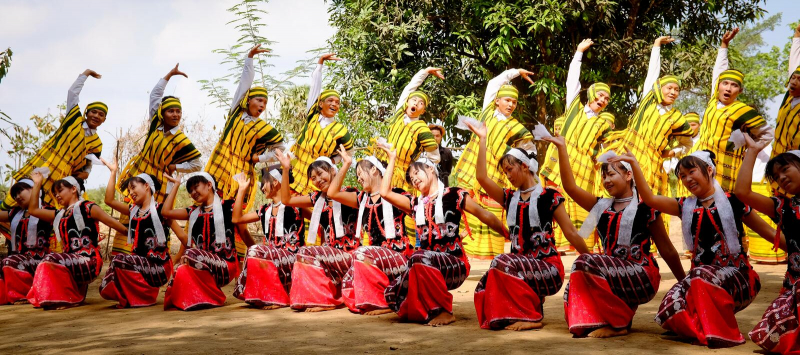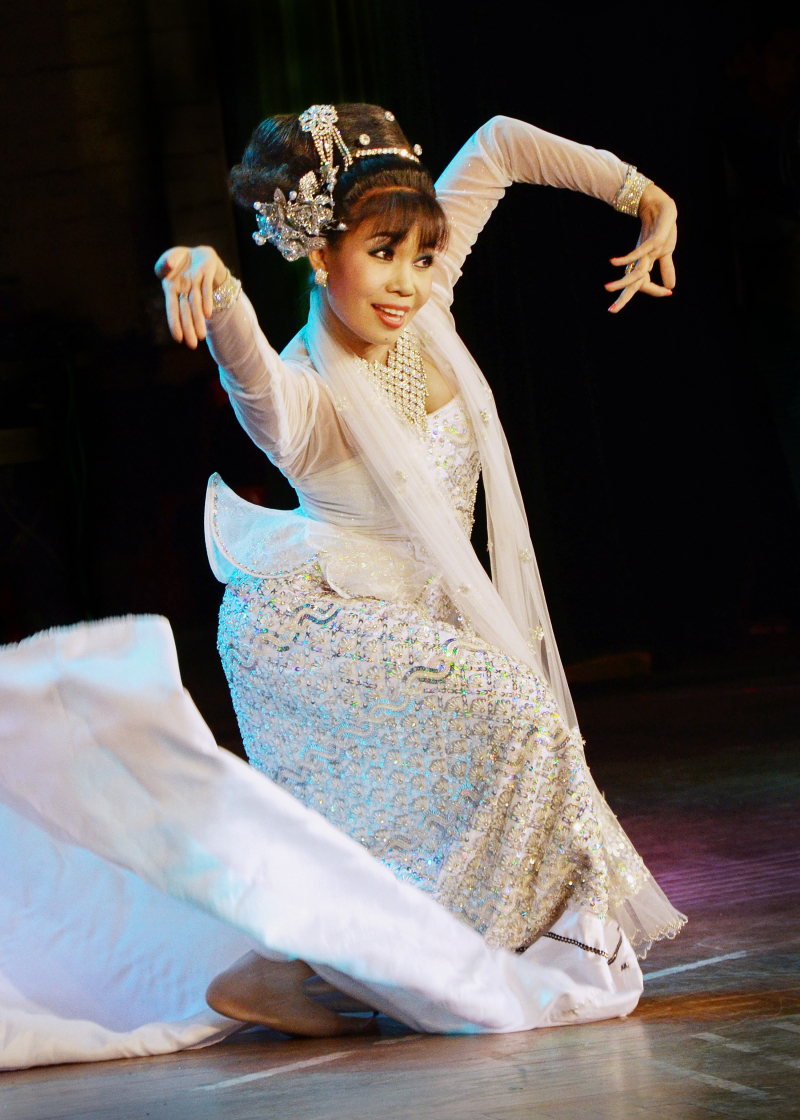Dance
Dramatic, folk and village, and nat dances are the three types of dance in Myanmar, each with its own distinct characteristics. Although Burmese dance resembles the traditional dancing styles of its neighbors, particularly Thailand, it retains distinctive characteristics that set it apart from other regional styles, such as angular, fast-paced, and energetic movements and an emphasis on pose rather than movement.
Burmese dance can be traced back to at least two centuries before the Christian era to the Pyu, Halin, and Mon cultures of the central and lower Irrawaddy regions. Archaeological evidence indicates that Indian influences were already present. During the many invasions and counter-invasions that occurred over the next two millennia, there were also influences from Thai and Khmer cultures.
Some of the surviving forms (such as the belu, nat gadaw, and zawgyi dances) honor Burmese folklore characters, some of whom date back before Buddhism. The classical Burmese marionette and human dance art forms have a close relationship, with the former obviously imitating human dance, but also human dance imitating marionette movements.
Following independence from Britain in 1948, there was a period of strong Burmese cultural nationalism, culminating in the establishment of the Mandalay State School of Music in 1953. Oba Thaung, a well-known dancer of the time, is credited with codifying the nearly entirely undocumented Burmese dance repertory. Her school's curriculum was condensed into five dance courses designed for a five-year term of study. Each of the five courses is divided into dance sequences of 125 stages, with each stage lasting exactly ten minutes. This things can be seen as one of the Unique Cultural Characteristics In Myanmar.















